Woodland plants, on the move?
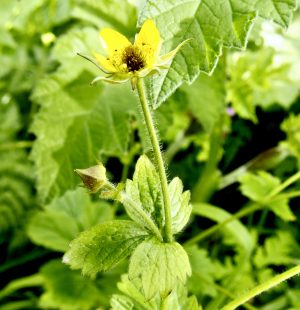
As a result of climate change, the physical characteristics of many ecosystems are changing. These changes may be in terms of humidity, temperature, soil moisture etc. As a result, plants and animals may no longer be suited to the new conditions, to survive they need to 'move on'. For a species to stay in its ‘comfort zone’, it may need to move ‘northwards’ or ‘upwards’ as climate change continues. Animals can walk or fly to new locations, even crossing inhospitable areas as long as the journey is brief.
However, plants have a problem; they can only move by their seeds being dispersed, by wind, water or animals (including humans), though occasionally by underground stems or rhizomes. Not only that but the availability of suitable habitats to 'migrate to' is limited by the expansion of urbanisation and agriculture. Forests, woodlands and meadows have been reduced to a patchwork of islands, separated by roads, housing, vast monocultures of oil seed rape etc. Connections between natural areas are referred to as wildlife or biological corridors. These 'patches' of natural features enable wildlife to disperse / migrate, acting as 'stepping stones'. In a countryside that is becoming increasingly fragmented (across the UK and Europe) the role of wildlife corridors assumes greater importance.
Recently scientists from universities in Sweden and Belgium have investigated how certain woodland plants might be able to use hedges and hedgerows as corridors to move to ‘new areas’. They used (reciprocal) transplantation studies at sites in Sweden and Belgium to investigate how wood anemone (Anemone nemorosa) and wood avens (Geum urbanum) might ‘travel’.
The wood anemone is one of the first flowers of spring. It relies on its roots to spread rather than its seed. As a species it is slow to spread (some estimates say six feet in a hundred years). It is regarded as an indicator of ancient woodland. Wood Avens aka Herb Bennet is a plant of woodland margins and hedgerows, it flowers between May and August (see featured image above). The seed heads when they form are spiky, reddish brown and easily attach to animals that brush against them.
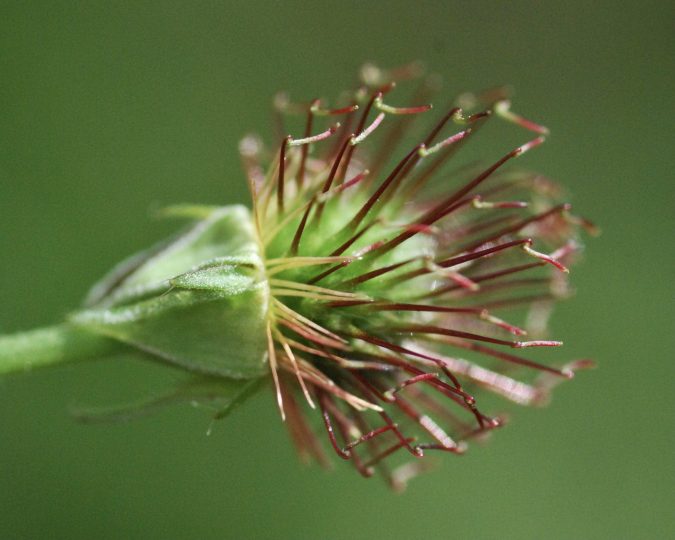
seed head of herb bennet
Of course, hedgerows are very different to woodlands and forests;
- they are smaller,
- more exposed to the vicissitudes of the weather,
- more likely to dry out (evaporation from the soil) and
- if sitting next to farmland, exposed to inputs of fertilisers and pesticides.
The research team found
- Both species grew taller and produced more biomass in forests than in hedgerows. This might be because of greater competition from grasses and ruderals in hedgerows*. Looking at it another way, the canopy in woodland / forest keeps some competitors at bay. Plants like nettles and brambles are ‘botanical thugs’ which can exploit nitrate / phosphate rich environments - such as might occur in hedgerows next to farmland.
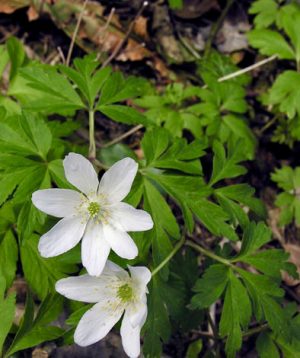
- The performance of both species at maturity was generally better in warmer situations, producing heavier seeds; but wood anemones had a higher mortality. The warming effects did not significantly differ between forests and hedgerows.
- The wood anemones did best when transplanted at their home site; this might be due to specific local adaptations.
- The Wood Avens / Herb Bennet did well when transplanted north, perhaps benefitting from the different photoperiod.
- There is a degree of plasticity which might enable species to ‘migrate’.
- Further details of this work can be found here.
There are limitations to this study in that it only looked at the responses of two different woodland species, but further studies of this nature might indicate whether hedgerows might serve to facilitate the movement of woodland species to new areas in the light of climate change.
Klausen, Keck and Hiesey (1940) were among the first to explore the nature of species and the interaction between environment and phenotype
- (ruderals are plants that quickly invade disturbed soil)
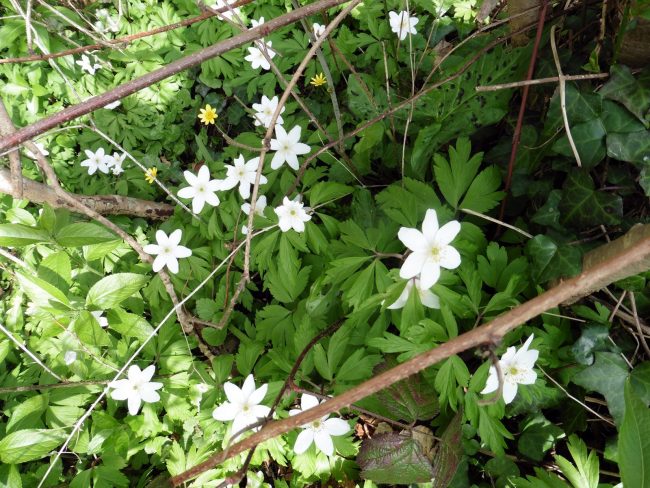
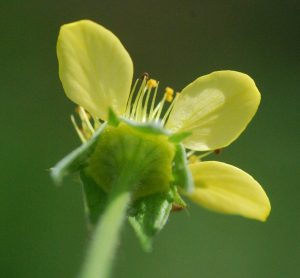
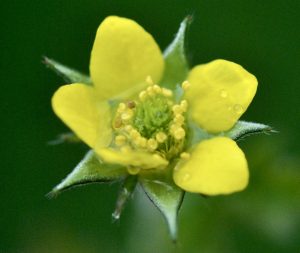
Comments are closed for this post.
